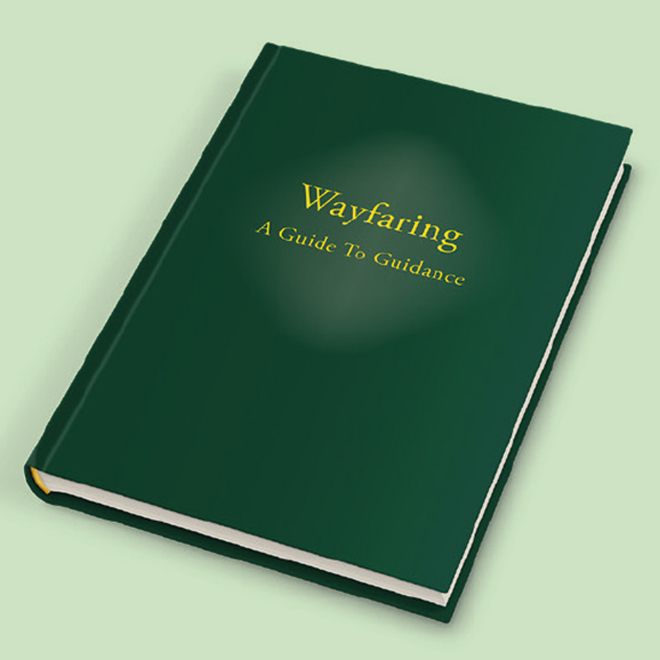Thought for the Week: Either/or
Dorothy Searle reflects on achieving balance
I first became acquainted with Quakers over forty years ago. At that time, I realised that there was a feeling – usually expressed by the oldest generation – that spiritual experience was much more closely linked to art than to science. While I can appreciate both, as my mind is more inclined to science than art, I felt like a second-class citizen.
Time has passed and that generation is no longer with us, and that idea seems largely to have faded. Actually, I don’t even see a rigid distinction between science, art and spirit. They all seem, to me, to have fuzzy edges.
